Tap into Success – Zip Code Estimates for Plumbing Excellence!
- Accurancy
- Efficiency
- Transparency
- Customization
- Time Saving
- Professionalism
- Cost Control

In the realm of warehouse operations, ensuring an adequate and reliable water supply is crucial not only for daily activities but also for meeting fire protection requirements. A water source assessment provides a foundational analysis, guiding warehouse managers in understanding their water needs and the capabilities of their current infrastructure. This article explores the intricacies of estimating the costs associated with conducting a water source assessment for warehouses, highlighting its significance in operational planning and regulatory compliance.
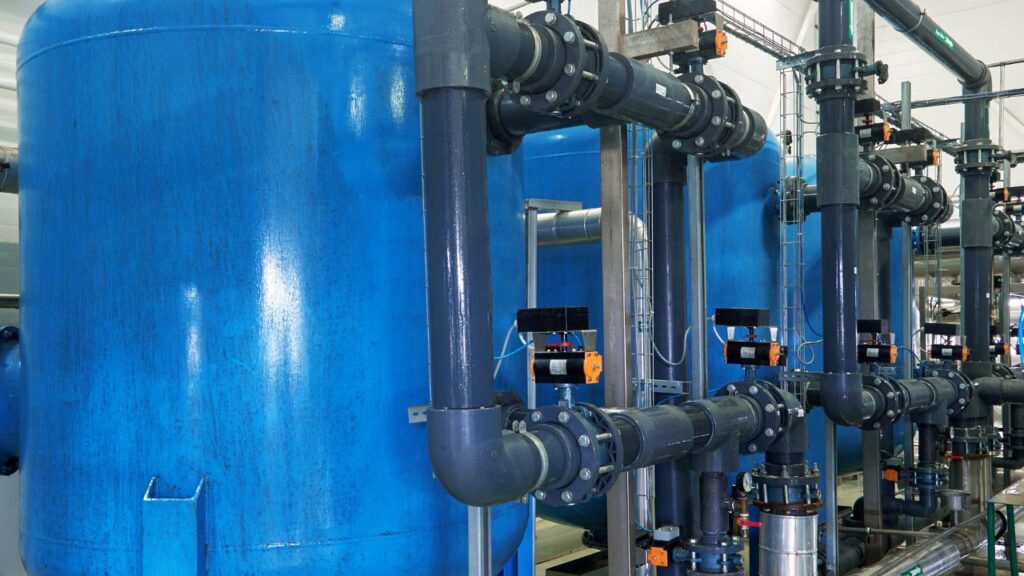

Make Informed Design Decisions Showcase Your Design Ideas
Get RenderingHere’s the information presented in a table format:
Aspect | Cost Range |
Initial Site Visit and Assessment | $500 – $2,000 |
Water Quality Testing | $500 – $2,000 |
Quantity and Flow Rate Assessment | $500 – $2,000 |
Regulatory Compliance Review | $500 – $2,000 |
Report Preparation and Documentation | $1,000 – $5,000 |
Consultation and Follow-up | $500 – $2,000 |
Overall Estimated Cost Range: $3,500 – $15,000 or more, depending on specific requirements and warehouse size.
These costs are approximate and can vary based on factors such as the size and complexity of the warehouse, the expertise required, and the specific needs of the assessment.
The cost of conducting a water source assessment for warehouse facilities is subject to various factors that can significantly influence the overall expense. Understanding these factors is crucial for estimating and budgeting for the assessment process effectively.
The size and geographical location of the warehouse play a significant role in determining assessment costs. Larger facilities may require more extensive assessments due to the complexity of their water infrastructure and the need to cover a broader area. Additionally, warehouses located in remote or inaccessible regions may incur higher assessment costs due to transportation logistics and limited availability of local resources.
The complexity of the warehouse’s existing water infrastructure directly impacts assessment costs. Facilities with intricate piping networks, multiple water sources, or outdated systems may require more time and resources to assess thoroughly. Assessing complex infrastructure often involves conducting detailed surveys, inspections, and diagnostic tests to identify potential issues and determine the feasibility of proposed upgrades or modifications.
The depth of analysis required for the water source assessment also influences costs. A basic assessment may involve visual inspections, flow rate measurements, and water quality testing to identify immediate concerns and compliance issues. In contrast, a comprehensive assessment may include hydraulic modeling, water demand forecasting, risk assessments, and scenario analysis to develop long-term water management strategies and infrastructure plans. The level of detail and complexity of the analysis directly correlate with assessment costs.
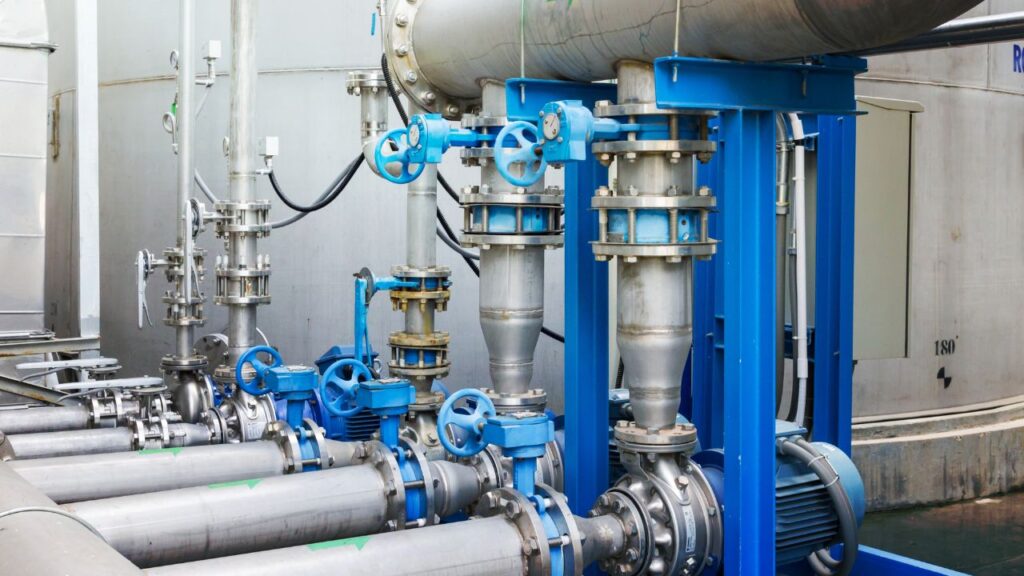
Compliance with regulatory requirements adds another layer of complexity and expense to water source assessments. Depending on local regulations and jurisdictional requirements, warehouses may need to conduct specific tests, obtain permits, or engage with regulatory authorities throughout the assessment process. Compliance costs associated with meeting regulatory standards for water quality, usage, and environmental protection can contribute significantly to overall assessment expenses.
In some cases, the need for environmental impact studies can further increase assessment costs. Warehouses located in environmentally sensitive areas or near protected water bodies may be subject to additional scrutiny and regulatory requirements to assess potential impacts on water resources, ecosystems, and biodiversity. Environmental impact studies often involve specialized expertise, data collection, and analysis, adding both time and expense to the assessment process.
The preliminary survey and data collection phase of estimating the cost of a water source assessment are essential initial steps in understanding the existing water infrastructure and usage patterns of a warehouse facility. This phase involves gathering comprehensive data on various aspects, including water sources, usage trends, infrastructure layouts, and historical water consumption records. Existing documentation, such as water bills, utility maps, and facility plans, may be reviewed to supplement the data collection process. Additionally, conducting interviews with facility managers and personnel can provide valuable insights into operational practices and water management challenges. The primary objective of this phase is to establish a baseline understanding of the facility’s water-related characteristics and identify areas requiring further investigation during subsequent assessment stages.

On-site inspections and testing constitute a critical component of the cost estimator for water source assessments, as they provide firsthand insights into the condition and performance of water-related infrastructure within warehouse facilities. These inspections typically involve physical assessments of water storage tanks, distribution pipelines, pumping systems, and other relevant components to identify potential issues such as leaks, corrosion, or inadequate capacity. Additionally, water testing may be conducted to assess water quality parameters such as pH, turbidity, microbial contamination, and chemical composition. Sampling protocols and analytical methods are employed to collect representative samples for laboratory analysis, ensuring accurate assessment of water quality and compliance with regulatory standards. The findings from on-site inspections and testing serve as key inputs for subsequent analysis and decision-making processes, guiding the development of appropriate recommendations and mitigation strategies.
The analysis of water demand versus supply is a fundamental aspect of estimating the cost of a water source assessment, as it involves evaluating the balance between the water needs of a warehouse facility and the availability of water from various sources. This analysis considers factors such as daily water consumption rates, seasonal variations in water usage, peak demand periods, and potential fluctuations in water availability due to external factors such as climate change or regulatory constraints. Hydraulic modeling tools and software may be utilized to simulate water flow patterns, assess system capacity, and predict future water demand scenarios based on projected growth or operational changes. By comparing water demand projections with available supply sources, including municipal water supply, groundwater resources, and alternative sources such as rainwater harvesting or greywater recycling, stakeholders can identify potential gaps or vulnerabilities in the water supply chain and develop strategies to address them effectively.
Engineering and consulting fees constitute a significant component of the cost estimator for water source assessments, reflecting the professional expertise and services required to conduct thorough evaluations and develop actionable recommendations. Qualified engineers, hydrologists, and water resource specialists may be engaged to perform technical analyses, interpret data, and provide expert insights into water-related challenges and opportunities.
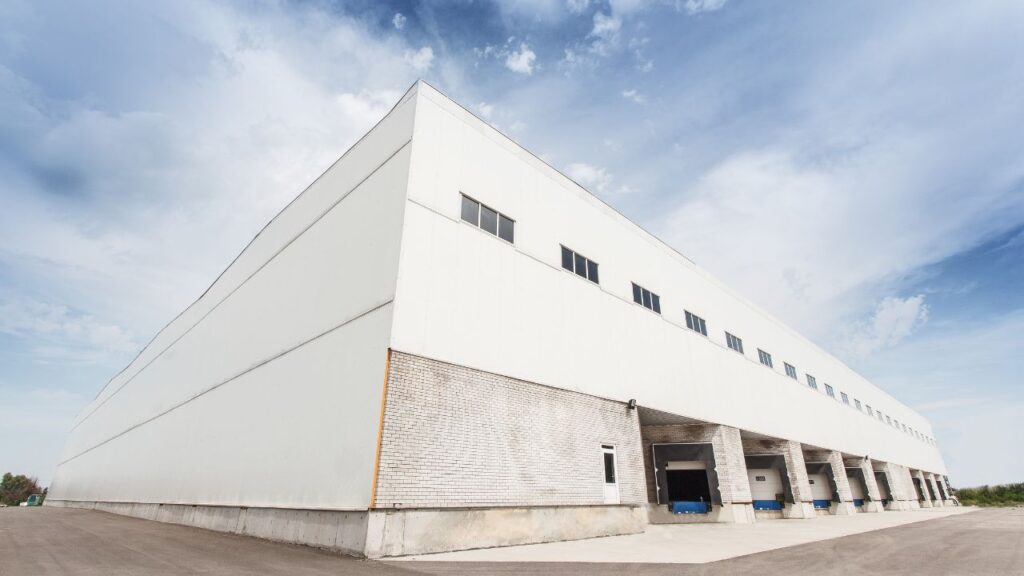
These professionals bring specialized knowledge in areas such as hydraulic engineering, water treatment, environmental science, and regulatory compliance, enabling them to offer comprehensive solutions tailored to the specific needs and objectives of warehouse facilities. Engineering and consulting fees typically cover a range of activities, including project management, fieldwork coordination, data analysis, report writing, and client consultations. The level of effort and expertise required for these tasks influences the overall cost of the assessment and is typically reflected in the fee structure proposed by engineering firms or consulting agencies.
Reporting and compliance documentation represent essential components of the cost estimator for water source assessments, encompassing the preparation of detailed reports, technical documents, and regulatory submissions documenting assessment findings and recommendations. These deliverables serve multiple purposes, including providing stakeholders with a clear understanding of assessment outcomes, supporting informed decision-making processes, and demonstrating compliance with regulatory requirements and industry standards. Reporting requirements may vary depending on the scope and objectives of the assessment, as well as applicable regulations governing water management practices in the jurisdiction where the warehouse facility is located. Common elements of reporting and compliance documentation include executive summaries, technical analyses, data tables, graphical representations, compliance checklists, and action plans outlining recommended measures for improving water efficiency, conservation, and sustainability. The cost of preparing these documents is influenced by factors such as the complexity of the assessment, the level of detail required, and any specific formatting or submission requirements imposed by regulatory authorities or client stakeholders.
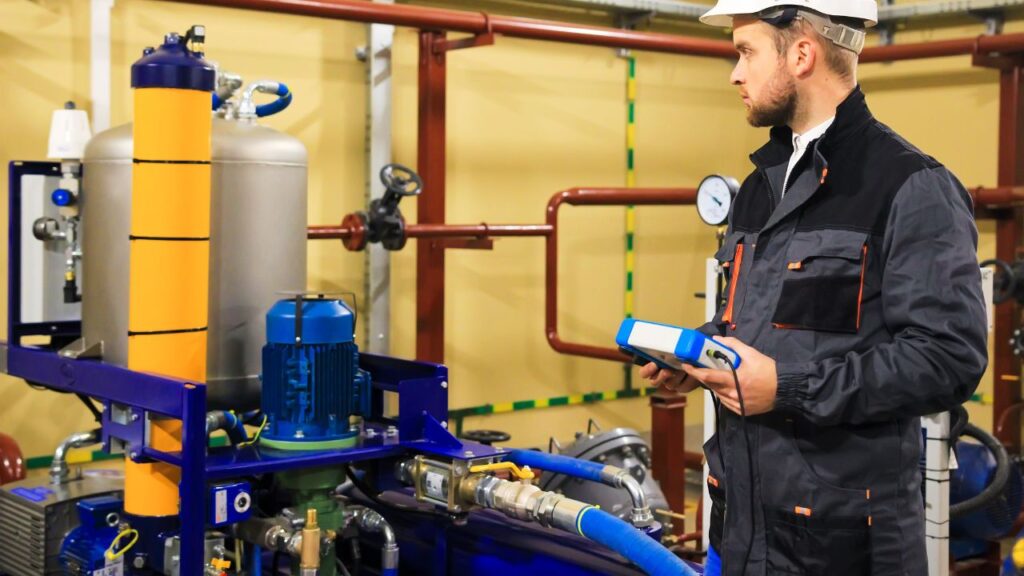
Our zip code estimates, tailored for both residential and commercial plumbing projects, provide the insights you need.
Before committing to upgrades, perform a cost-benefit analysis to understand the long-term savings and returns, such as reduced water bills, lower maintenance costs, and avoidance of regulatory fines.
Invest in energy-efficient water technologies that not only reduce water consumption but also lower energy bills, providing dual cost savings.
Engage in competitive bidding and negotiate contracts to ensure the best value for money. Long-term relationships with suppliers and contractors can also lead to favorable terms and discounts.
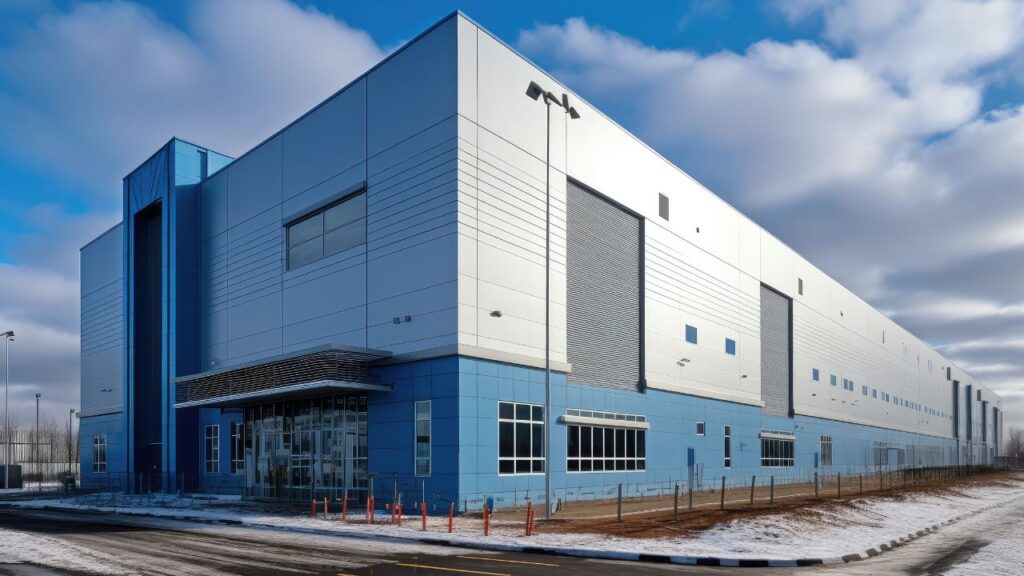
Implement a system for ongoing monitoring and evaluation of the water infrastructure’s performance to ensure it meets projected savings and efficiency gains. Adjustments and optimizations can lead to further cost reductions.
Water Efficiency Measures: A detailed assessment can reveal inefficiencies in current water use, offering opportunities to implement water-saving technologies and practices. Upgrades such as low-flow fixtures, efficient cooling systems, or automated water monitoring can lead to substantial reductions in water bills.
Recycling and Reuse: By identifying the quality and quantity of available water, an assessment can pave the way for recycling and reuse strategies. For instance, treated greywater can be used for landscape irrigation or flushing toilets, further decreasing the demand on potable water supplies and lowering operational costs.
Our zip code estimates are the key to winning bids for both residential and commercial plumbing projects.
Conducting a water source assessment for warehouses is an essential step in ensuring operational efficiency, regulatory compliance, and sustainability. The cost estimation process involves considering various factors such as warehouse size and location, the complexity of existing infrastructure, regulatory requirements, and the depth of analysis needed. By investing in thorough assessments and implementing cost-effective strategies for water management, warehouses can safeguard critical needs, identify cost-saving opportunities, support environmental stewardship, and enhance risk management practices. Ultimately, a comprehensive water source assessment serves as a foundational tool for optimizing water use, mitigating potential risks, and promoting long-term resilience in warehouse operations.
A water source assessment is crucial for warehouses to ensure a reliable water supply for daily operations and meet fire protection requirements. It provides insights into water usage, infrastructure capabilities, and regulatory compliance, guiding strategic planning and risk management efforts.
Several factors can influence the cost of a water source assessment, including the size and location of the warehouse, the complexity of existing water infrastructure, the depth of analysis required, regulatory requirements, and the need for environmental impact studies.
Advanced testing methods include spectrometry and chromatography for chemical analysis, microbiological testing for microbial content, molecular techniques like PCR for pathogen detection, remote sensing and GIS for spatial analysis, hydrological modeling for predicting water availability, and aquifer testing for groundwater assessment.
Warehouses can budget for assessments and upgrades by conducting detailed cost analyses, phasing implementation to prioritize critical needs, creating reserve funds, exploring financing options like grants and loans, leveraging tax incentives, and considering public-private partnerships for project financing and management.
A comprehensive water source assessment helps warehouses ensure reliable water supply for critical needs such as fire protection and operational continuity, identify cost-saving opportunities through water efficiency measures and recycling, support sustainability goals by minimizing environmental impact, enhance risk management by identifying and mitigating water-related risks, and improve compliance with regulatory requirements.
Here I am going to share some steps to get your water source assessment cost for warehouse estimate report.
You can send us your plan on info@estimatorflorida.com
Before starting your project, we send you a quote for your service. That quote will have detailed information about your project. Here you will get information about the size, difficulty, complexity and bid date when determining pricing.
Our team will takeoff and estimate your project. When we deliver you’ll receive a PDF and an Excel file of your estimate. We can also offer construction lead generation services for the jobs you’d like to pursue further.

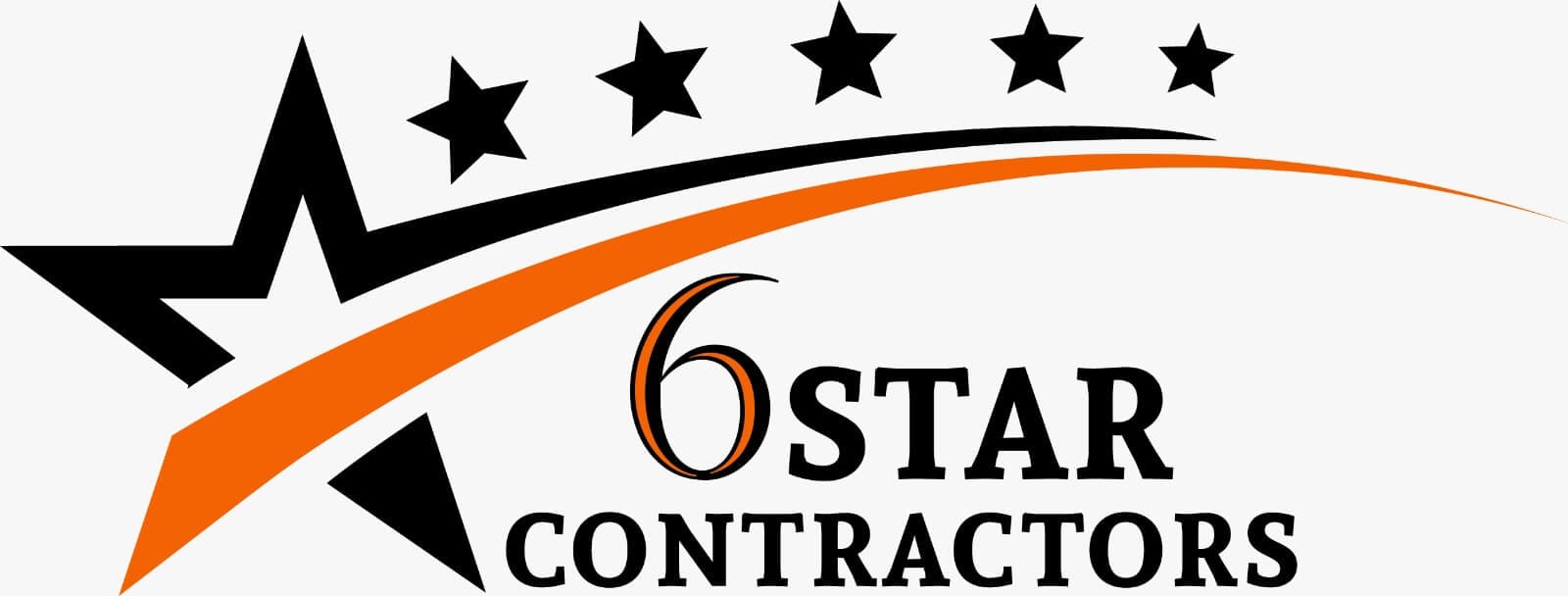

561-530-2845
info@estimatorflorida.com
Address
5245 Wiles Rd Apt 3-102 St. Pete Beach, FL 33073 United States
561-530-2845
info@estimatorflorida.com
Address
5245 Wiles Rd Apt 3-102 St. Pete Beach, FL 33073 United States
All copyright © Reserved | Designed By V Marketing Media | Disclaimer